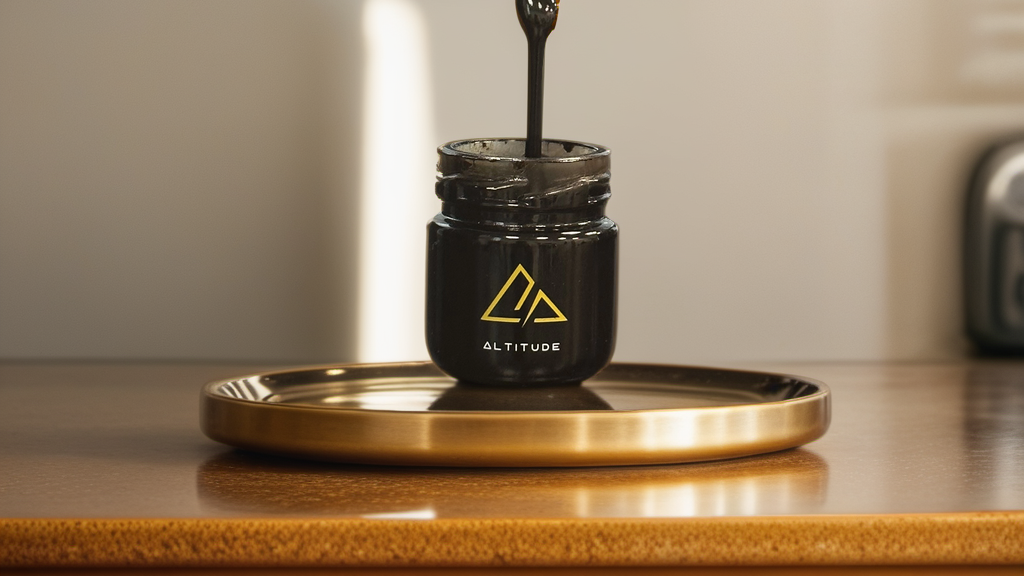Shilajit, a natural resin extracted from the Himalayas, has been a cornerstone of Ayurvedic medicine for centuries. Its rich composition of fulvic acid and over 85 trace minerals makes it a potent supplement for enhancing overall health. For women, shilajit offers a range of benefits that can improve hormonal balance, boost energy levels, and promote skin health.
Hormonal Balance
Shilajit's potential to support hormonal balance is particularly beneficial for women. While direct studies on women are limited, research on men has shown that shilajit can increase testosterone levels, suggesting its potential to influence hormonal balance. This implies that shilajit could have a positive effect on hormonal health in women as well, although more research is needed to confirm this.
Energy and Fatigue
Shilajit is renowned for its ability to combat fatigue and enhance energy levels. Studies have demonstrated that shilajit can reduce symptoms of chronic fatigue syndrome (CFS) by preventing mitochondrial dysfunction. This makes it an excellent supplement for women who often juggle multiple responsibilities and need a natural energy boost.
Skin Health
Shilajit's antioxidant properties, particularly its high content of fulvic acid, can contribute to better skin health. Fulvic acid helps prevent the accumulation of tau proteins, which can lead to cellular damage. This suggests that shilajit could help protect the skin from oxidative stress and promote a healthier, more youthful appearance.
Choosing the Right Shilajit
When selecting a shilajit product, it's crucial to choose one that is pure, potent, and traditionally crafted. Look for products that are sourced from high altitudes, sun-dried to retain fulvic acid, and lab-tested for purity.
For those seeking a high-quality shilajit supplement, consider Altitude's Gold Grade Premium Shilajit Resin or Pure Himalayan Shilajit Liquid Drops. Both products are 100% pure and potent, sourced from Himalayan heights up to 18,000 feet, and crafted using centuries-old Ayurvedic practices.
References:





